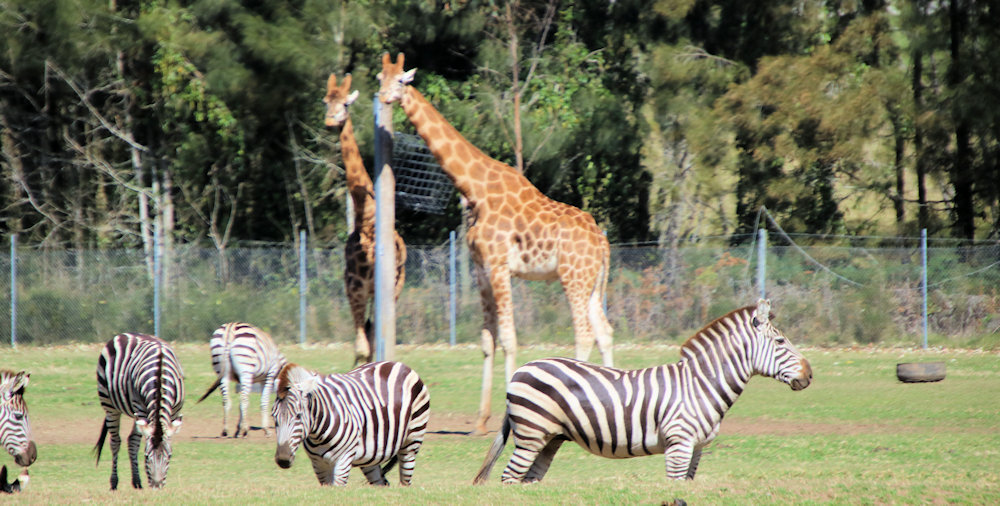Category: Travel
-
Mogo Wildlife Park

Mogo Wildlife Park Established in 1989, Mogo Wildlife Park is situated 10 kilometres south of Batemans Bay on the New South Wales south coast. Housing over 250 animals, of which more than 44 are rare or exotic species, the park is one of the most successful private zoos in Australia. The majority of the animals’… Read more
-
Long Beach New South Wales

Long Beach New South Wales We stayed at Long Beach near Batemans Bay on the New South Wales south coast for a week while we explored the area. Only a 10-minute drive from Batemans Bay, it was a quiet and peaceful alternative to staying in town. From our back door, we could see over the… Read more
-
Lake George New South Wales

Lake George New South Wales We have driven past Lake George in New South Wales on the Federal Highway numerous times but never stopped. However with recent rains (during 2024), the water level is high, so we took the opportunity to stop see the views and look at the three different rest stops for VC… Read more